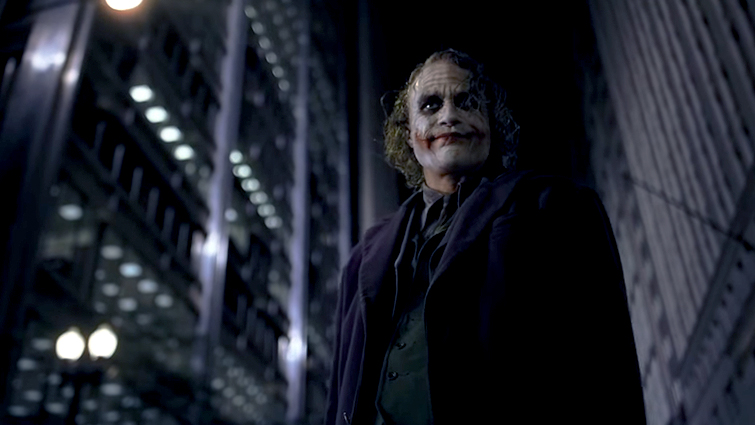Camera Angles
The term camera angle
means slightly different things to different people but it always refers to the
way a shot is composed. Some people use it to include all camera shot angles, others
use it to specifically mean the angle between the camera and the subject. We
will concentrate on the literal interpretation of camera angles, that is, the
angle of the camera relative to the subject.
Eye-Level
This is the most common view,
being the real-world angle that we are all used to. It shows subjects as we
would expect to see them in real life. It is a fairly neutral shot.

High Angle
A high angle shows the subject
from above, i.e. the camera is angled down towards the subject. This has the
effect of diminishing the subject, making them appear less powerful, less
significant or even submissive.

Low Angle
This shows the subject from
below, giving them the impression of being more powerful or dominant.

Bird's Eye
The scene is shown from directly
above. This is a completely different and somewhat unnatural point of view
which can be used for dramatic effect or for showing a different spatial
perspective.
The bird's-eye view is also very
useful in sports, documentaries, etc.
Slanted
Also known as a dutch tilt,
this is where the camera is purposely tilted to one side so the horizon is on
an angle. This creates an interesting and dramatic effect. Famous examples
include Carol Reed's The Third Man, Orson Welles' Citizen Kane and the Batman
series.
Some other angles include:
Over the shoulder shot

Wide angle

Close up

Mid shot

Long shot



No comments:
Post a Comment